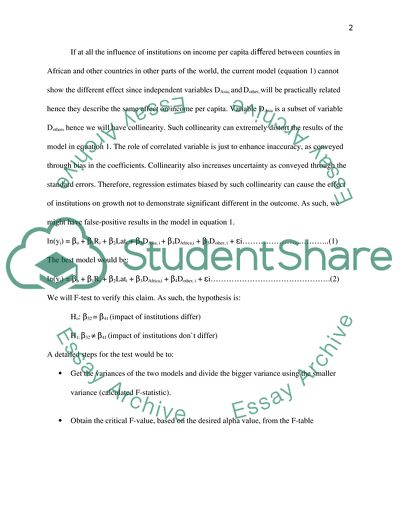Cite this document
(Applied Econometrics Issues Assignment Example | Topics and Well Written Essays - 2750 words, n.d.)
Applied Econometrics Issues Assignment Example | Topics and Well Written Essays - 2750 words. https://studentshare.org/statistics/1873360-applied-econometrics
Applied Econometrics Issues Assignment Example | Topics and Well Written Essays - 2750 words. https://studentshare.org/statistics/1873360-applied-econometrics
(Applied Econometrics Issues Assignment Example | Topics and Well Written Essays - 2750 Words)
Applied Econometrics Issues Assignment Example | Topics and Well Written Essays - 2750 Words. https://studentshare.org/statistics/1873360-applied-econometrics.
Applied Econometrics Issues Assignment Example | Topics and Well Written Essays - 2750 Words. https://studentshare.org/statistics/1873360-applied-econometrics.
“Applied Econometrics Issues Assignment Example | Topics and Well Written Essays - 2750 Words”. https://studentshare.org/statistics/1873360-applied-econometrics.


